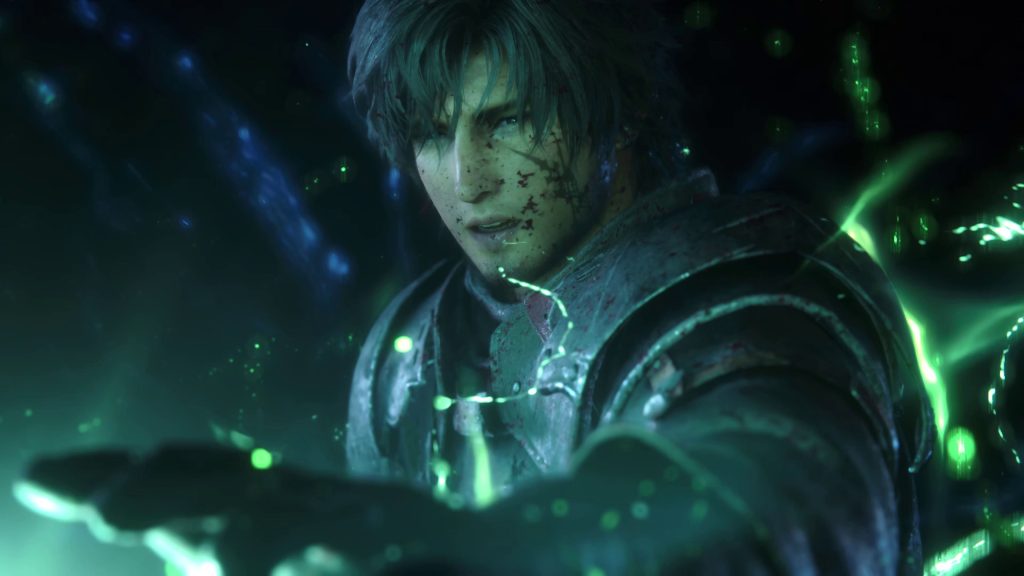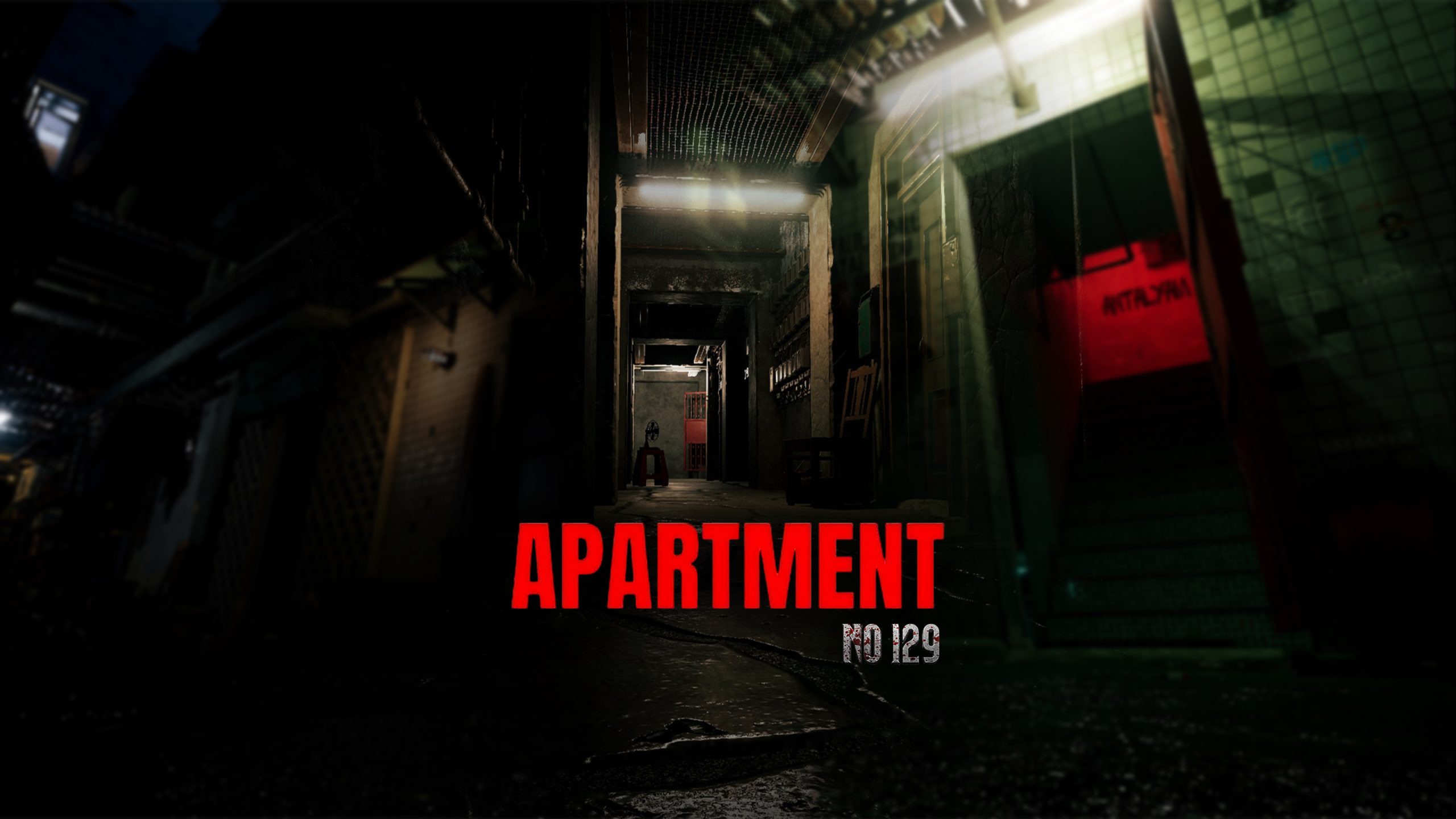“We wanted to create something that was based in reality, that felt really real, and talk about complex and violent themes such as war,” says producer Naoki Yoshida.
Final Fantasy 16 has been rated M for Mature by the ESRB, which means it’s going to be the first mainline numbered in the instalment to launch with that rating. A darker, more grounded tone is something that the developers have put quite a bit of emphasis on in the lead-up to the action RPG’s launch, but what prompted the development team to move in what’s largely an unprecedented direction for the series?
According to producer Naoki Yoshida, it was simply a matter of not wanting to have to deal with the restrictions that a Teen rating would impose, especially from a storytelling perspective. Speaking in a recent interview with Game Informer, echoing similar statements from last year, Yoshida said that with a Mature rating, the development team was able to much more freely tell the story that it wanted to tell, and do it without any unnecessary restrictions that would cheapen its impact.
“We wanted to create something that was based in reality, that felt really real, and talk about complex and violent themes such as war,” he said. “You can’t have a war without certain imagery. Clive is in the trenches, he’s fighting for his life, he’s covered with dirt and blood. Once you start limiting that when you’re trying to create something that’s very real […], it takes the player out of the reality and makes it feel more like a game. That’s what we didn’t want to do. So rather than maintaining the Teen rating, which would have limited a lot of the things that we could do and [what we] show in cutscenes, the Mature rating allows us to tell the story that we wanted to in the way we want to tell it.
“We’re not going out of our way to create content that’s violent or sensationalist. We just wanted to create […] the story that we wanted to tell that’s going to feel real and the story that’s going to resonate best with players without hiding anything. It’s by allowing ourselves that Mature rating [that we’re allowed] to not hold back and tell the story we want to tell.”
Meanwhile, Yoshida also explained that the realism and technological advancements of games in general has made it much easier for titles to be handed a Mature rating now, because even something as innocuous as an arrow piercing a person’s body now looks much more realistic and gruesome in games than it once did, and as such, drives up that age rating much more.
“People ask us if the rating went up because [we] wanted to make a more violent game, and the answer to that is no,” Yoshida said. “On the outside, it doesn’t appear [the rating system] has changed. You still have your E, you still have your Teen, and you still have your Mature. The problem is that over the years, as more games have come out and as we move forward, the regulations within those have actually changed a lot.”
Meanwhile, game director Hiroshi Takai added, “With the new generations of hardware and the visuals becoming more and more realistic, if you want to tell a story that feels real, it also needs to look real. By showing the [realistic] visuals, it’s hard to keep that within the realms of a lower rating because it becomes so visceral, and I think you can see this trend since the PlayStation 2 and PlayStation 3 when graphics became a bit more realistic.
“By moving up to a higher rating, it allows us to tell the story we want to tell without having to fake it. If you’re trying to tell a story about war, but you can’t show blood, it’s not going to be realistic.”
Final Fantasy 16 is due out for the PS5 on June 22, with work on a PC version set to begin not long afterward. A demo for the action RPG, which will be roughly a couple of hours long and allow save data transfers to the full game, is set to go live in the near future. Though a release date for the same has yet to be confirmed, a listing recently appeared on the PlayStation Store, indicating that it could be close.







